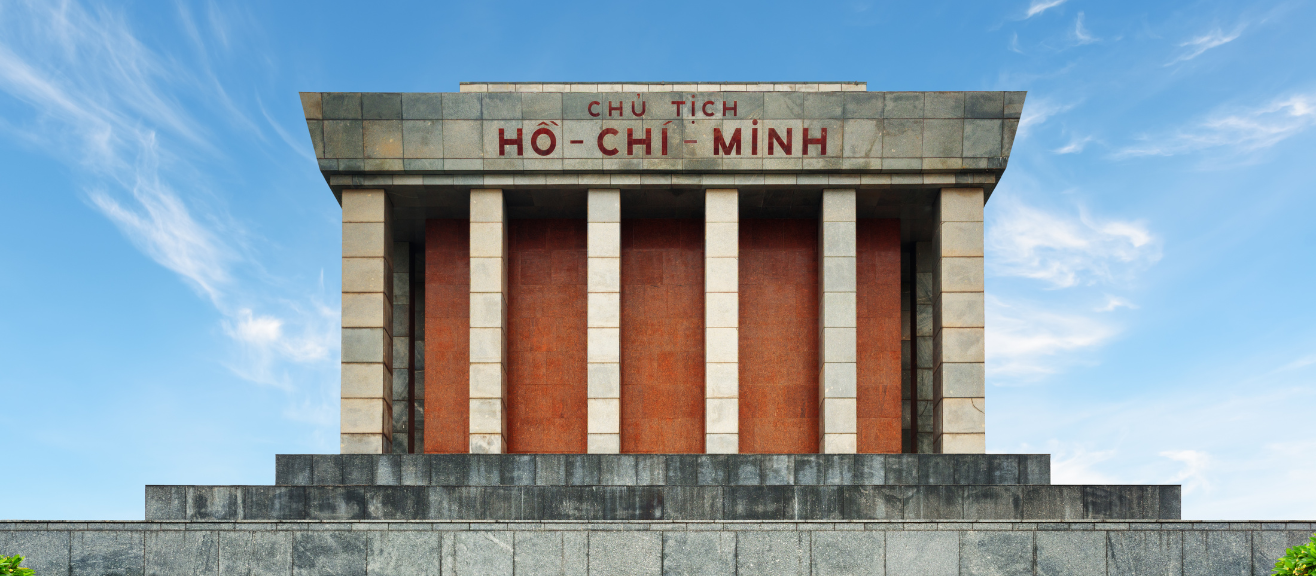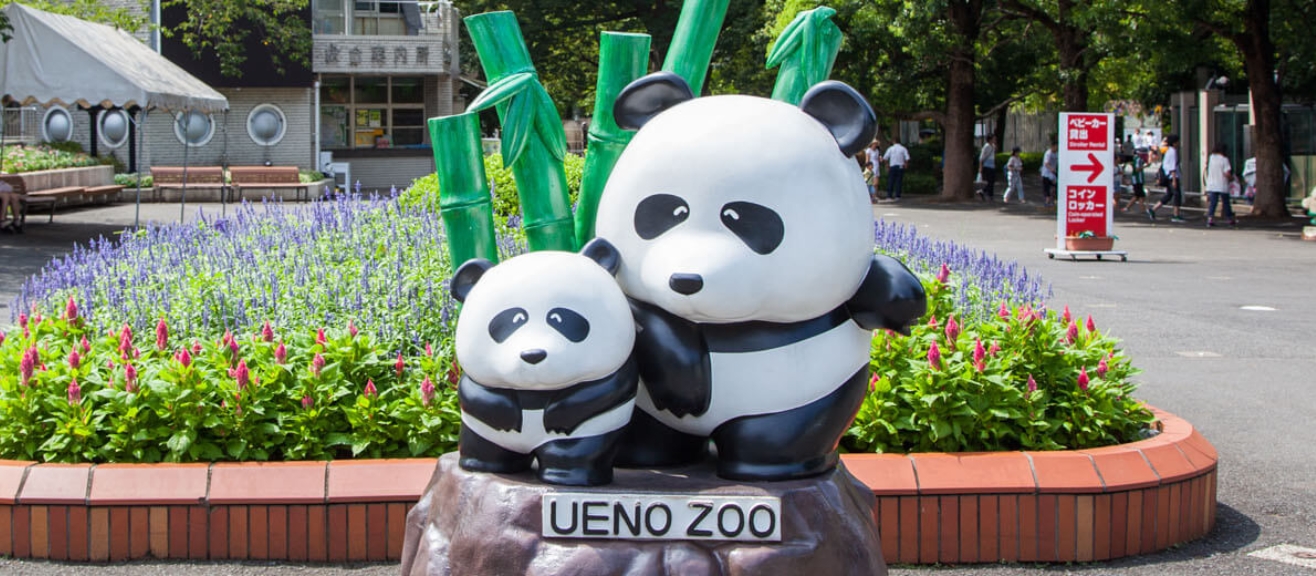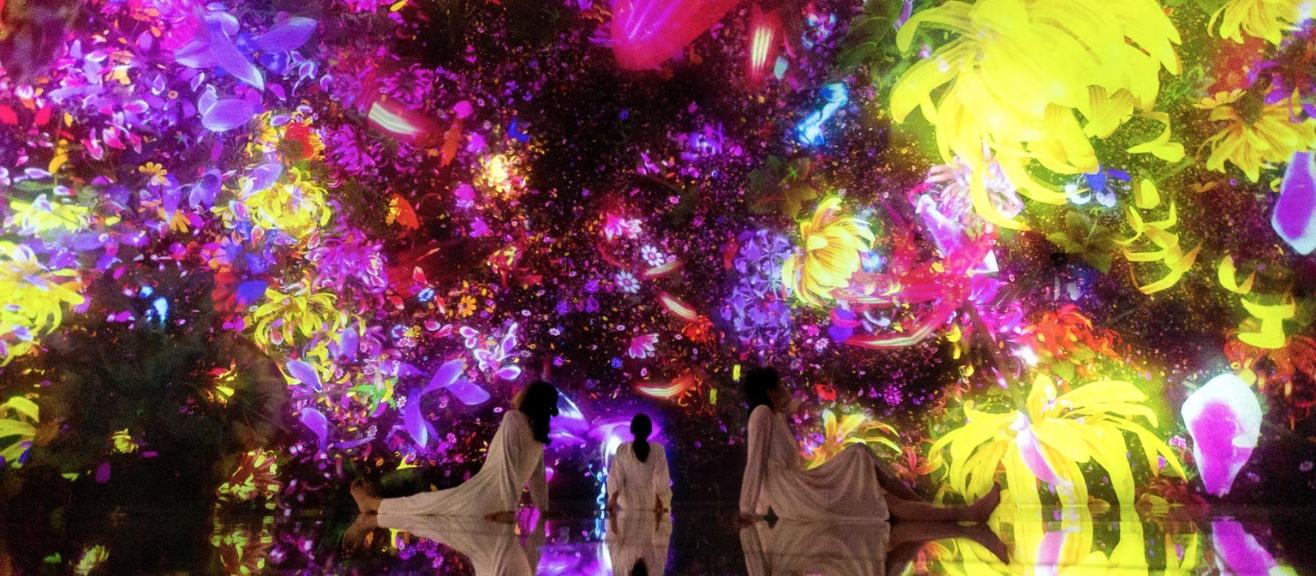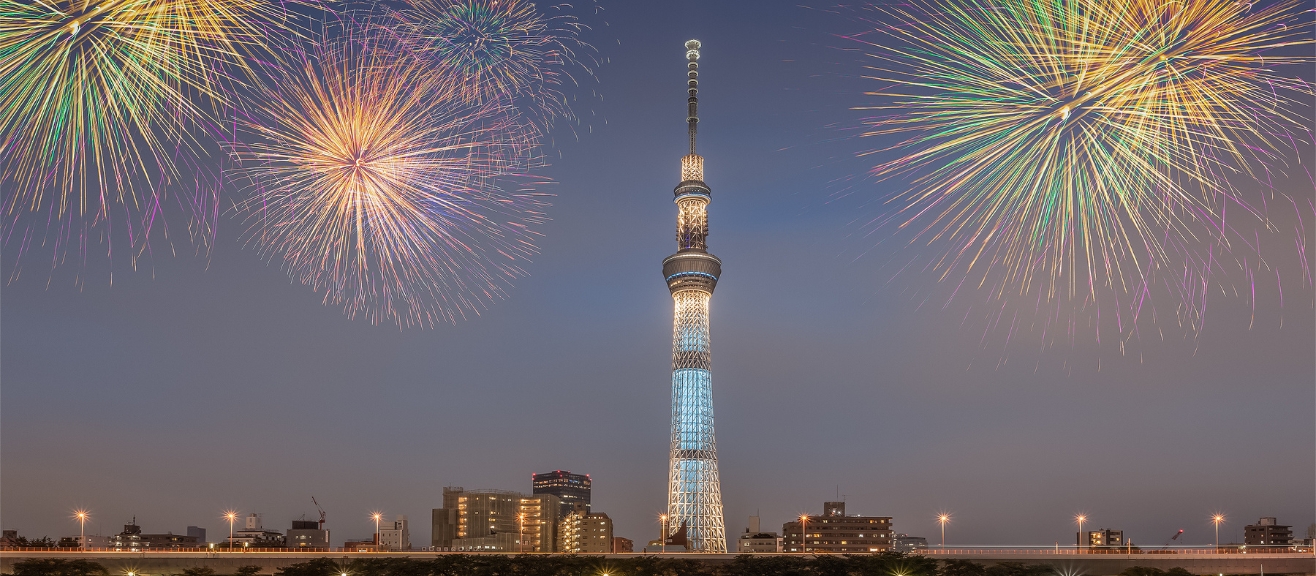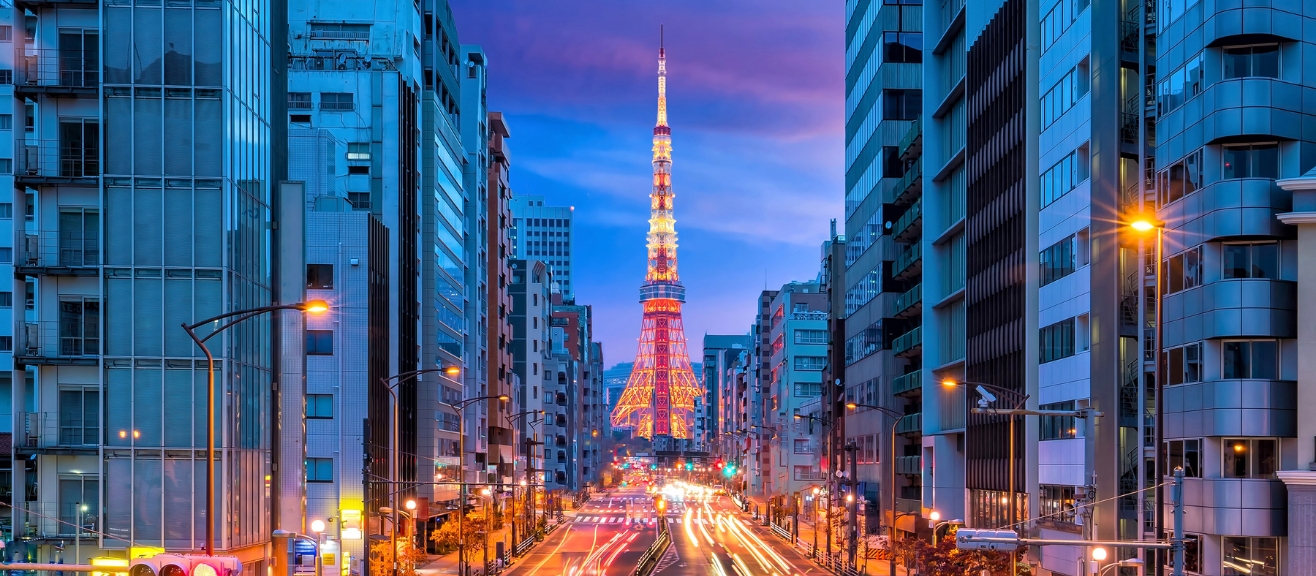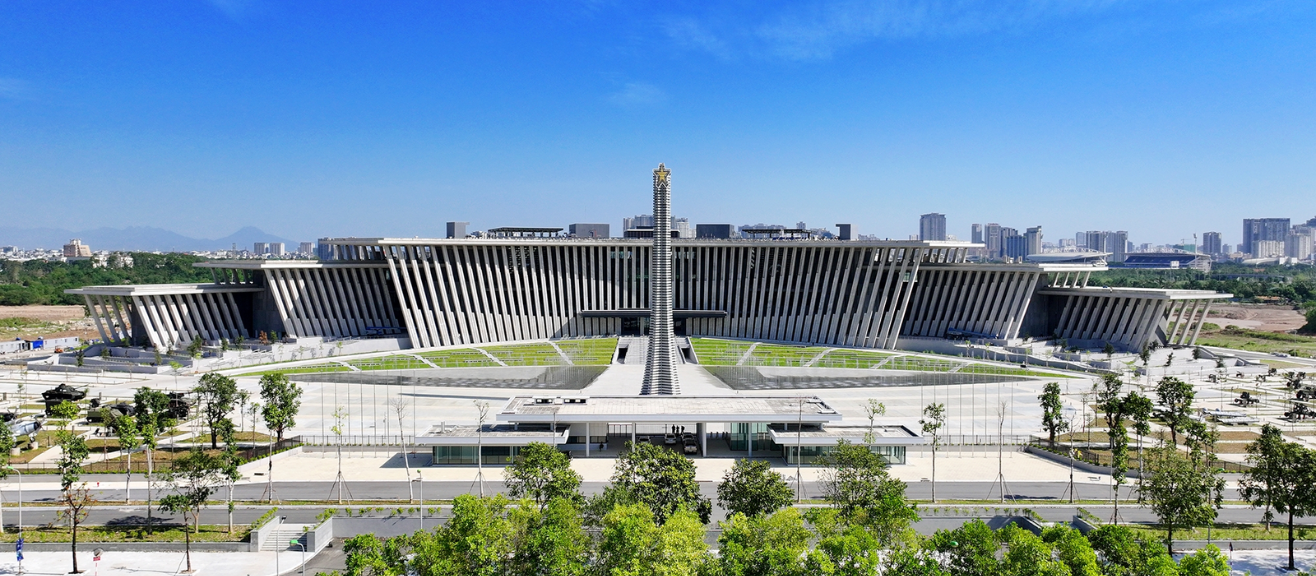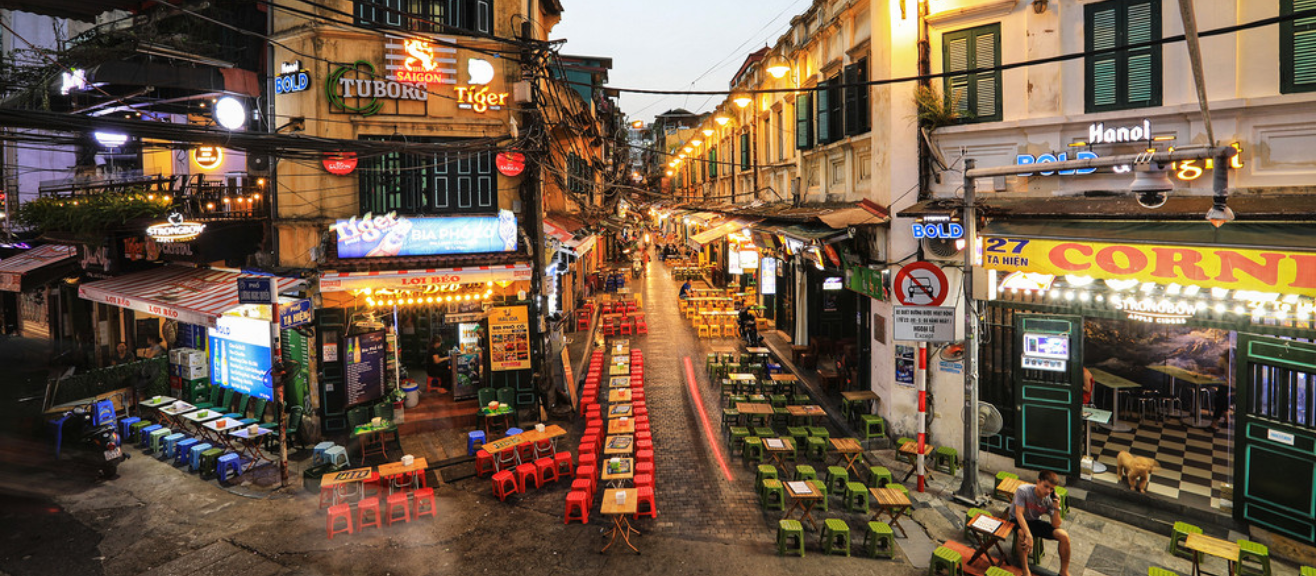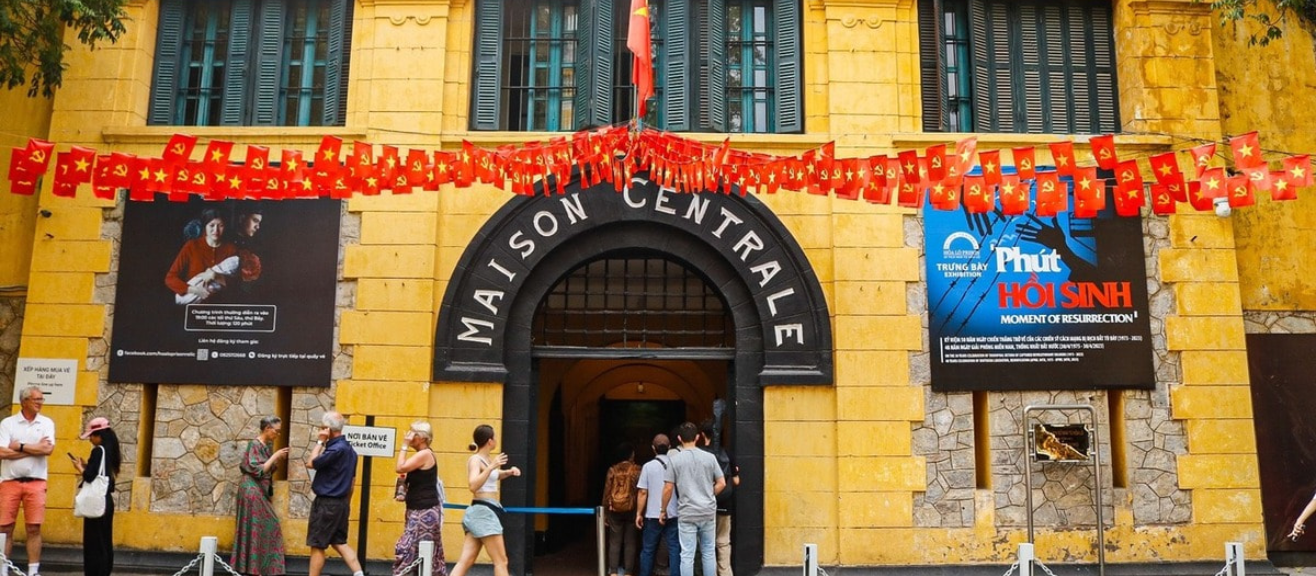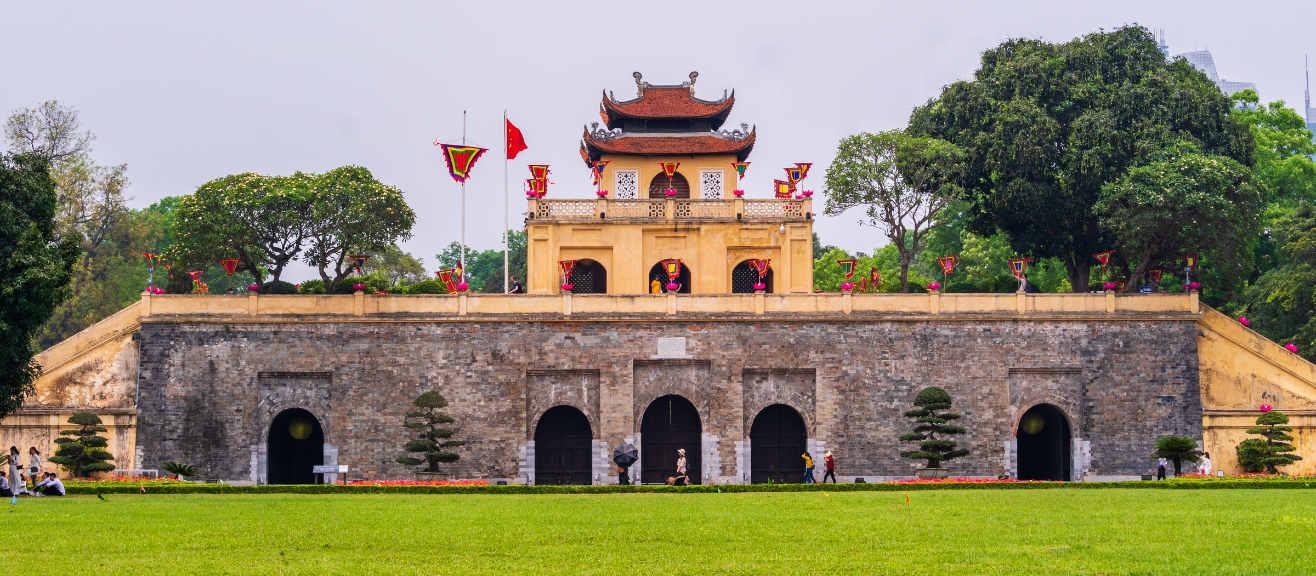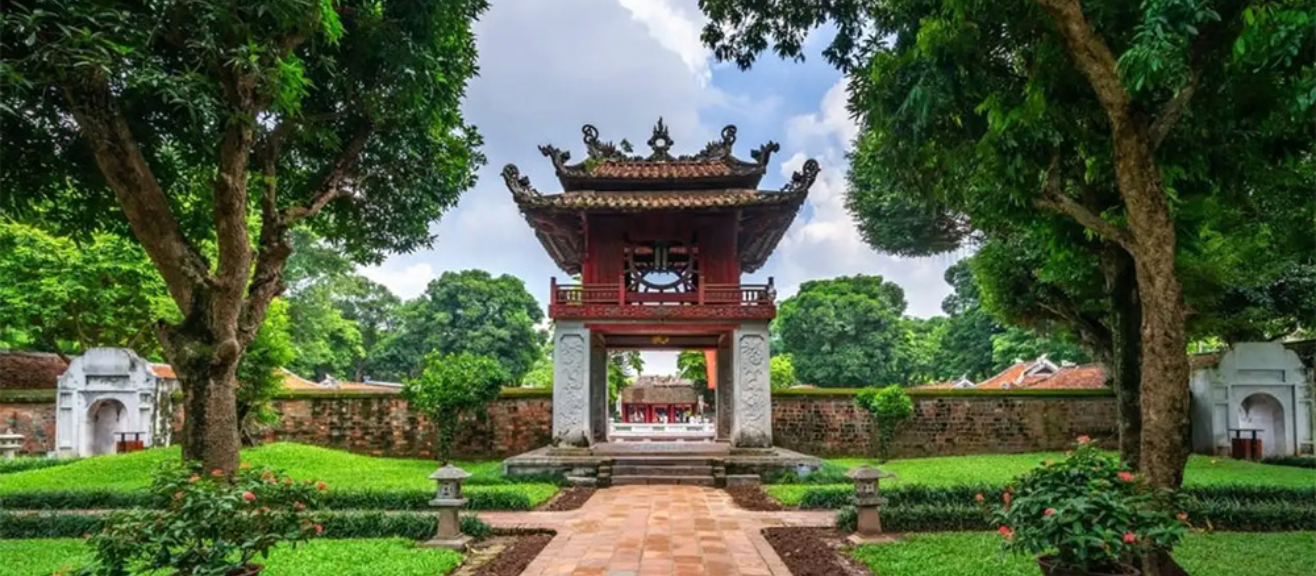Exploring Vietnam’s Iconic Ho Chi Minh Mausoleum
🌟 Step Into History
Visiting the Ho Chi Minh Mausoleum is a moving journey through Vietnam’s history and culture. Located at the heart of Hanoi on Ba Dinh Square, this iconic site is where the beloved leader rests, reflecting both respect and national pride. From the solemn architecture to the meticulously maintained grounds, every detail conveys the significance of the site. For first-time visitors, the experience is both educational and emotionally powerful. Walking around the square, you can feel the echoes of Vietnam’s struggle for independence, and the reverence the nation holds for its revolutionary history. It’s a must-visit destination for those wanting to connect with the country’s past while appreciating Hanoi’s unique cultural landscape.
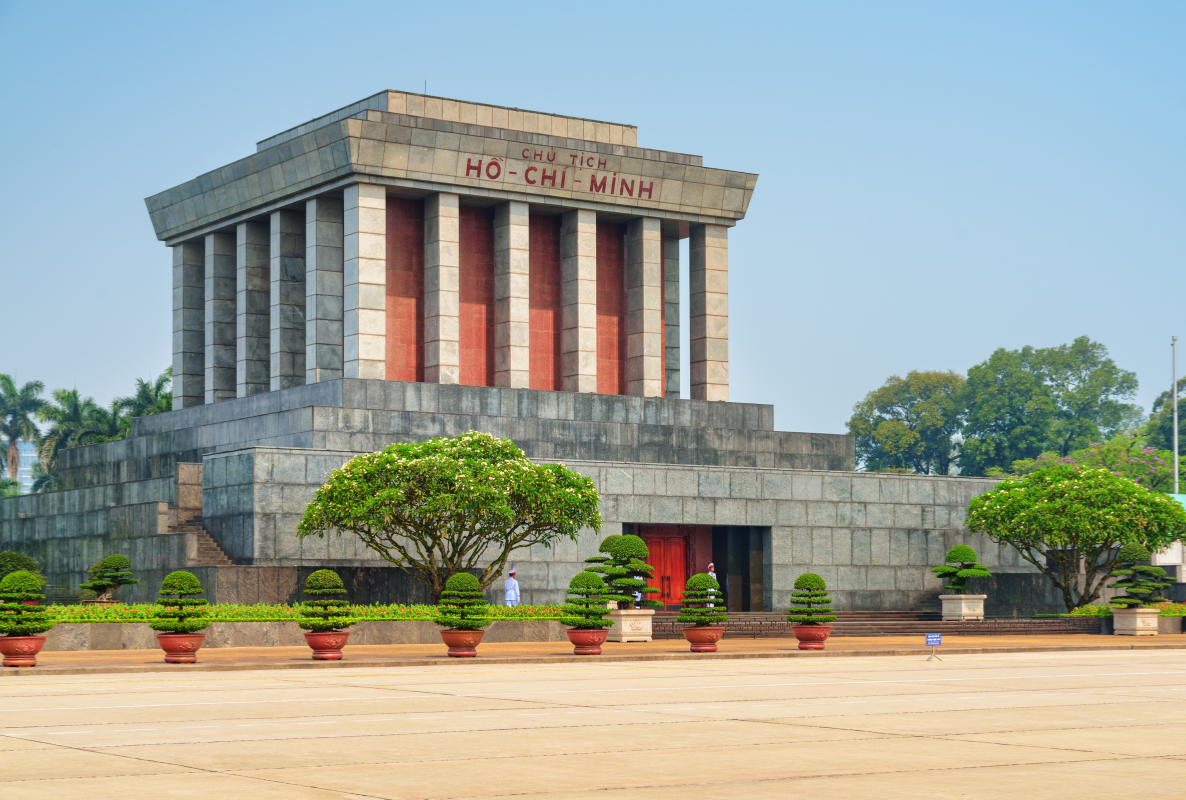
📖 History & Cultural Legacy
After President Ho Chi Minh passed away, the Vietnamese government and people decided to preserve his body and construct a mausoleum in his honor. On January 19, 1970, Prime Minister Pham Van Dong officially approved the design project, marking the formal beginning of this important undertaking. Vietnamese architects collaborated closely with experts from the Soviet Union in March 1970, agreeing on preliminary plans that reflected cultural respect and the symbolic meaning of the mausoleum.
The cooperation agreement between Vietnam and the Soviet Union was signed on February 9, 1971, providing technical and construction support. By December 1971, the complete technical design received government approval. Construction was temporarily halted in April 1972 due to intense bombing but resumed in June 1973 after the Paris Peace Accords. Final plans were completed in August 1974, and the mausoleum officially opened on August 29, 1975, offering a dignified resting place for the nation’s leader.
🕒 Best Time to Visit
The ideal time to visit the Ho Chi Minh Mausoleum is during the cooler months from October to April when Hanoi’s weather is milder. Early mornings are especially recommended to avoid crowds and enjoy a quiet, reflective atmosphere. Visiting during official ceremonies or national holidays can be fascinating, but the square tends to be more crowded. Afternoon visits offer warmer light for photography around Ba Dinh Square and the surrounding gardens. No matter the season, dressing appropriately and respecting the solemn nature of the site ensures a meaningful visit that blends history, culture, and personal reflection.
💡 Pro Tip: Morning visits give you the best chance to witness the changing of the guard with fewer crowds.
🚗 How to Get There
The Ho Chi Minh Mausoleum is located at 2 Ba Dinh Square in central Hanoi, easily accessible from most parts of the city. Visitors can take a taxi, Grab, or bus, or walk if staying nearby. For those driving, parking is available near the square, though early arrival is recommended for convenience. The mausoleum is surrounded by other notable sites, including the One Pillar Pagoda and the Presidential Palace, which makes it easy to plan a half-day or full-day itinerary in the area. Walking around the grounds offers a peaceful way to appreciate Hanoi’s historical and architectural charm while taking in the solemnity of the mausoleum itself.
💡 Pro Tip: Combine your visit with nearby attractions like the Presidential Palace or the Ho Chi Minh Museum for a full cultural experience.
⏰ Opening Hours & Guidelines
| Day | Opening Hours |
|---|---|
| Tuesday – Thursday | 8:00 AM – 12:00 PM |
| Friday – Sunday | 8:00 AM – 12:00 PM |
| Monday | Closed |
Visitors should note that the mausoleum has strict security measures. Bags may be checked, photography inside is prohibited, and appropriate attire is required, meaning covered shoulders and knees. Staying quiet and respectful enhances the experience, allowing everyone to appreciate the solemnity of this historic site.
💡 Pro Tip: Arrive early in the morning to enjoy a quieter visit and avoid the heat.
🌿 Things to See & Do
- See the embalmed body of President Ho Chi Minh in a glass sarcophagus, presented with dignity and care.
- Walk around Ba Dinh Square, a broad, open space perfect for reflecting and taking photos of the mausoleum from different angles.
- Explore the Ho Chi Minh Museum, which showcases artifacts, documents, and photographs detailing the life and achievements of the leader.
- Observe the ceremonial changing of the guard, a precise and solemn event highlighting respect for the nation’s founding father.
- Take in the surrounding gardens, monuments, and sculptures for a deeper understanding of Vietnam’s revolutionary history.
- Visit nearby landmarks like the One Pillar Pagoda and the Presidential Palace for a more comprehensive historical experience.
💡 Pro Tip: Allow at least 1–2 hours to fully explore the mausoleum, museum, and surrounding square.
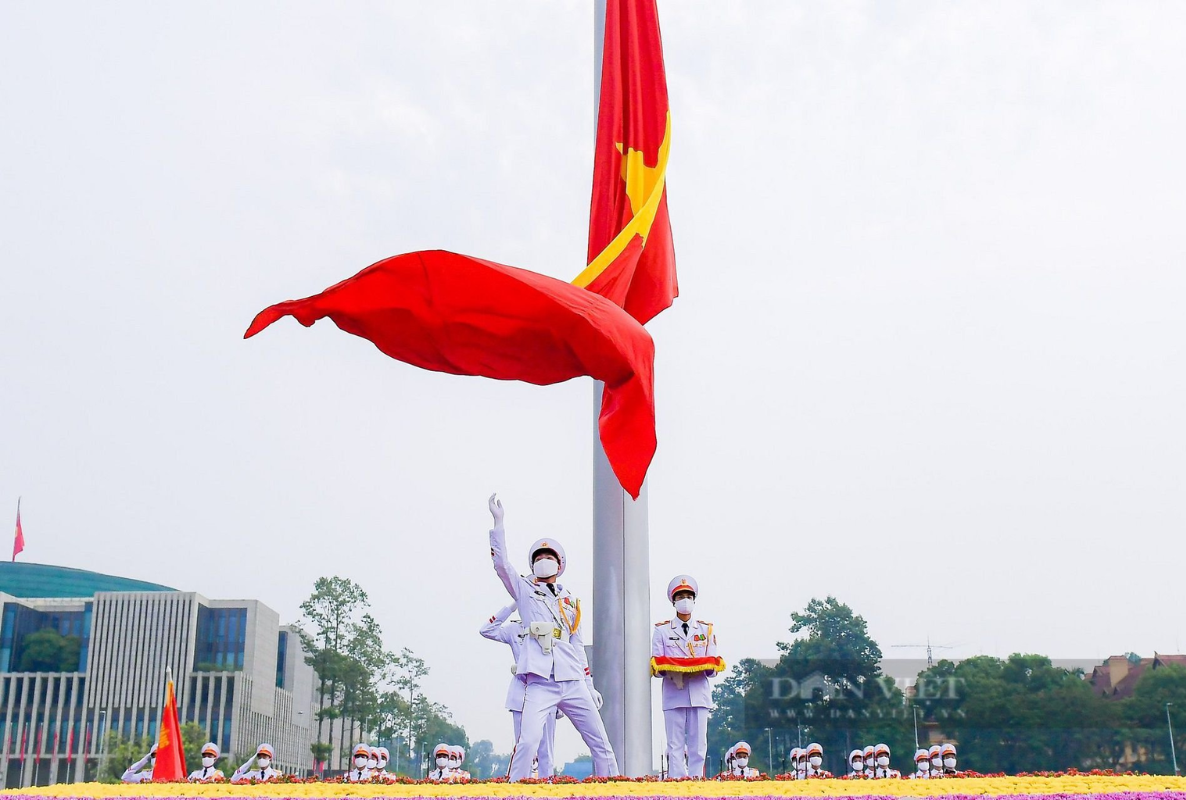
🎫 Tickets & Visitor Info
Entrance to the Ho Chi Minh Mausoleum is free, but visitors should be prepared to queue, especially during peak hours. Official guides or audio tours are available in the museum, enhancing understanding of the exhibits and historical context. Remember to dress respectfully and follow all rules regarding photography and behavior. Pre-checking opening hours via laimi.com ensures that you avoid unexpected closures and can plan a smooth visit.
💡 Pro Tip: Bring a small bottle of water and wear comfortable shoes, as the grounds are expansive and the visit may involve standing for some time.
👀 Photo Spots & Best Views
While photography inside the mausoleum is prohibited, the exterior and surrounding areas offer excellent photo opportunities. Capture the symmetry of the grand facade, the flagpole on Ba Dinh Square, or the lush gardens framing the site. Early morning light enhances the structure’s details, while the wide square allows for dramatic, full-length shots. Nearby landmarks such as the One Pillar Pagoda also provide charming backdrops for photos and give a sense of Hanoi’s historic district.
💡 Pro Tip: Arrive before 9:00 AM for soft light and minimal crowds for your photos.
🧭 Nearby Attractions & Suggested Itinerary
The mausoleum is part of a rich historical area. Combine your visit with the Ho Chi Minh Museum, the One Pillar Pagoda, and the Presidential Palace. You can enjoy a walking tour of Ba Dinh Square, which features monuments, gardens, and wide avenues perfect for strolling. For a half-day itinerary, start with the mausoleum, then visit the museum and pagoda, ending with a walk around the square to reflect and take photos. For a full-day plan, add the Temple of Literature or nearby French colonial architecture to experience more of Hanoi’s history and charm.
👨👩👧👦 Who Will Enjoy It
The Ho Chi Minh Mausoleum appeals to history enthusiasts, students, families, and international visitors seeking to understand Vietnam’s revolutionary past. Those interested in political history, architecture, or cultural heritage will find the visit especially rewarding. The site provides educational insights and a chance to witness national pride firsthand. It is suitable for both short visits and more in-depth explorations, making it an ideal stop for anyone wanting to grasp the heart of Hanoi’s historical identity.
🎒 What to Bring & Visitor Guidelines
Visitors should wear modest clothing that covers shoulders and knees, bring water, and wear comfortable shoes. Photography is strictly prohibited inside the mausoleum, so prepare cameras only for exterior shots. Bags may be inspected at security, and quiet, respectful behavior is expected. Following these simple guidelines ensures a smooth, meaningful experience for everyone.
💡 Pro Tip: Reading about President Ho Chi Minh’s life beforehand enhances your appreciation of the visit.
🪁 Special Ceremonies & Experiences
Be sure to witness the ceremonial changing of the guard, which occurs daily and provides a solemn display of discipline and respect. On national holidays or special anniversaries, additional ceremonies or events may take place, allowing visitors to experience the mausoleum in a festive, patriotic atmosphere. These events offer a unique glimpse into Vietnam’s reverence for its founding leader and provide a memorable cultural experience for travelers of all ages.
💡 Pro Tip: Check schedules on laimi.com before visiting to catch any special ceremonies or seasonal events.
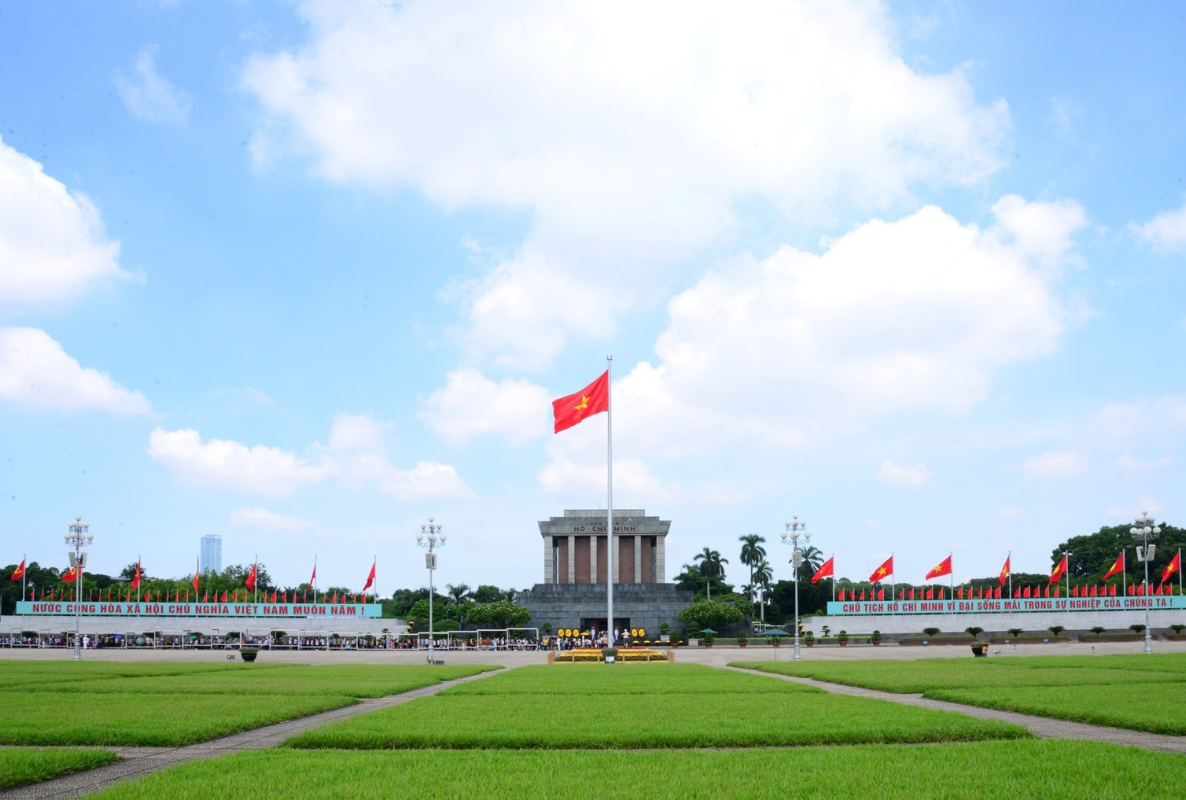
🪷 Conclusion
Visiting the Ho Chi Minh Mausoleum is more than a sightseeing trip, it’s an opportunity to connect with Vietnam’s modern history, pay respect to a national hero, and explore the cultural heart of Hanoi. From the grand architecture to the museum exhibits and surrounding square, the experience blends solemnity, education, and beauty. Plan your visit carefully, dress appropriately, and take your time to reflect. For up-to-date ticket information and suggested itineraries, visit laimi.com to make the most of your cultural journey in Hanoi.

